Is the Yamaha NS-10 still relevant in modern music production?
Is the NS-10 merely an heirloom?
Since its introduction in 1978, the Yamaha NS-10 series of passive loudspeakers has had an unprecedented impact on the music industry with over 300,000 units sold to date.
For a failed bookshelf speaker, becoming the global standard studio monitor was completely unintentional. Nevertheless, it was religiously adopted by top engineers like Bob Clearmountain, Andy Wallace, and Manny Marroquin.
Why do we love/hate the Yamaha NS-10?
When it was eventually discontinued in 2001, there were a total of six different models of NS-10 speakers, each offering a slightly different feature set to the original NS-10M.
Over this time, the NS-10 series polarized opinions continuously as it does today. In fact, the voices questioning its relevance have grown louder in recent years, and for good reason.
The way we consume music has completely changed since the NS-10 rose to fame, and the sonic hallmarks of pop music have shifted somewhat. Is there still room for the NS-10 in the landscape of modern music? Or is it more of a novelty?
Yamaha HS-5: The bedroom producer’s NS-10?
The HS-5 is the entry-level model of the popular HS series of active monitor speakers launched back in 2014. It’s an affordable 5″ monitor that is relatively neutral sounding and can produce good results in smaller listening environments.
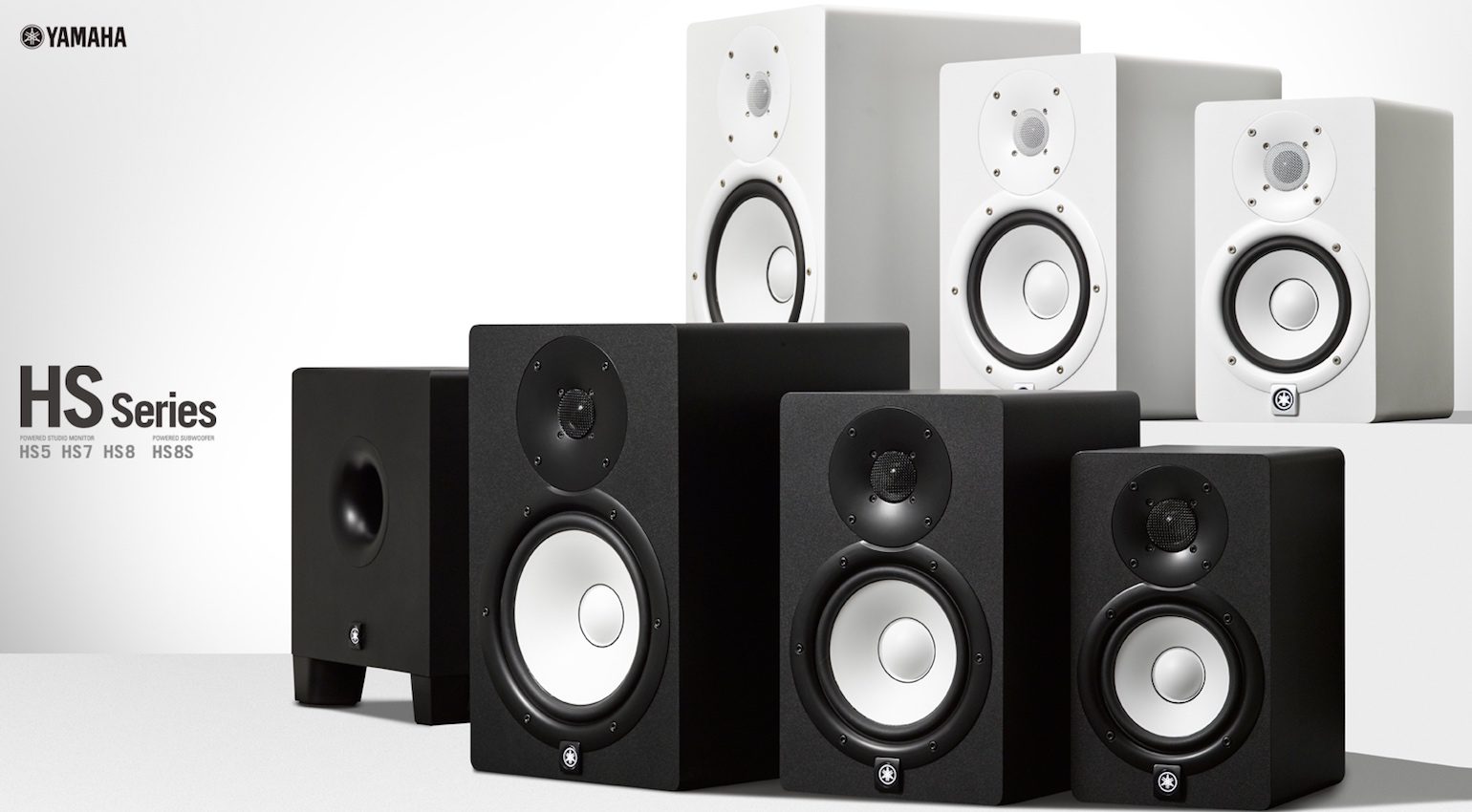
The fact that these have a relatively similar approach to the NS-10 style of monitoring without requiring an amp is probably why they are so popular. That being said, active speakers project sound in a different way to passives. So keep this in mind.
- More about Yamaha

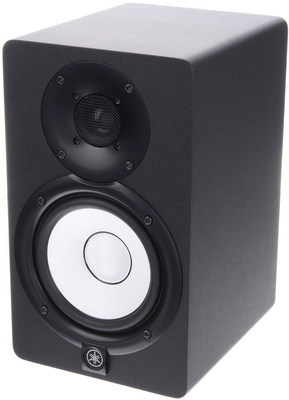
Avantone CLA-10: Keeping it passive
With the help of superstar mix engineer and longtime NS-10 user, Chris Lord-Alge, Avantone reincarnated the NS-10 in the form of the CLA-10. This is as close as you’ll get to the original in a modern-day monitor.

Like the NS-10M , it’s passive, which means you don’t get that hyped sound that we often associate with active monitors. Moreover, Avantone has a reputation for creating unforgiving monitors like the Mixcubes with excellent translation properties.

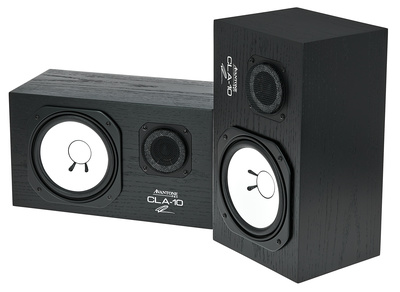
Auratone A2-30: Passive monitoring
As you know, passive monitoring performance is largely reliant on the amp you have driving your speakers. The Auratone A2-30 was developed in collaboration with Bettermaker as a compact solution for passive near-field monitors.
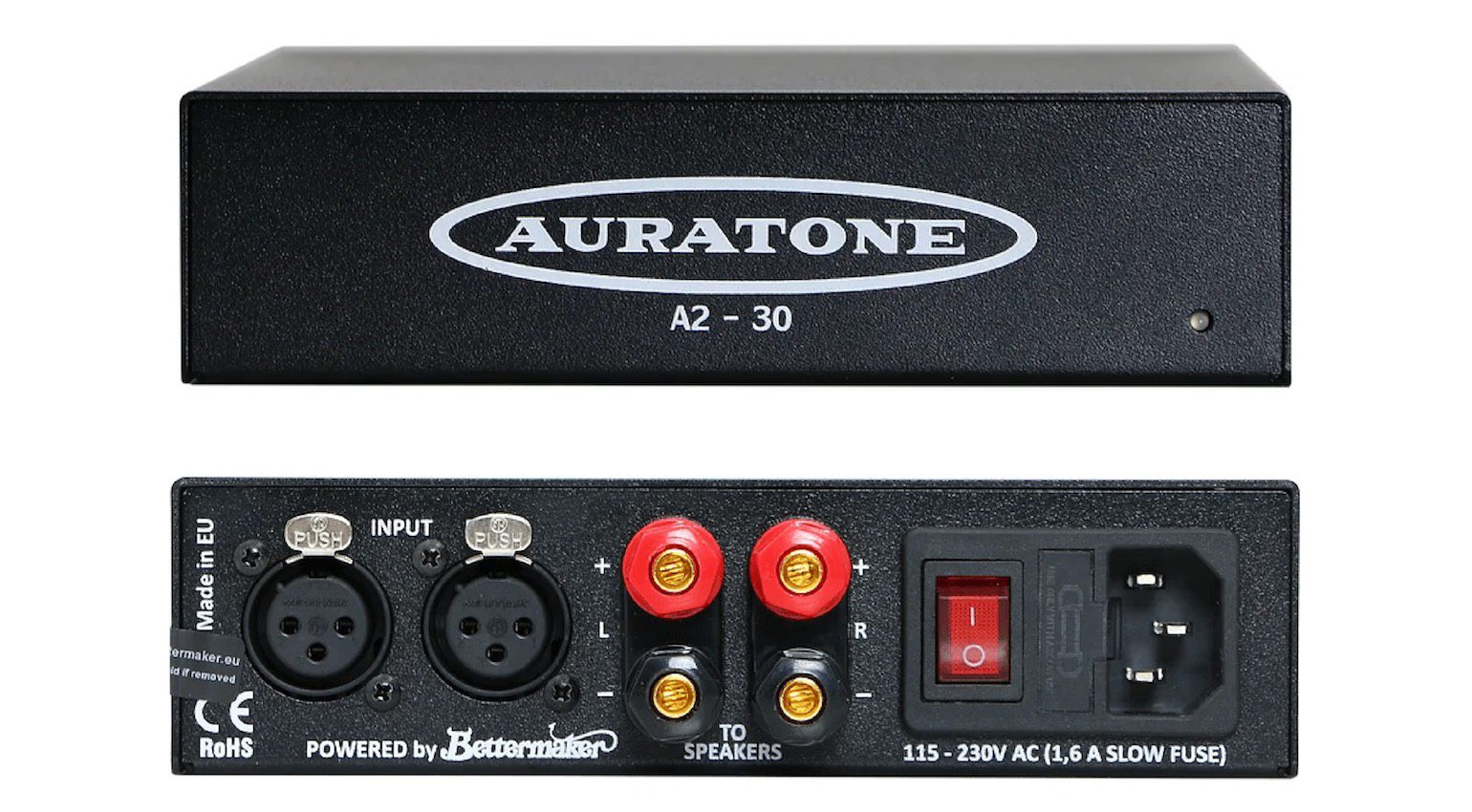
It’s a comparably affordable way to drive your NS-10s in a reliable and uncoloured way. Designed for the 5C passive Sound Cubes, you can be sure that translation is the prime directive here.
- Shop Auratone on Thomann

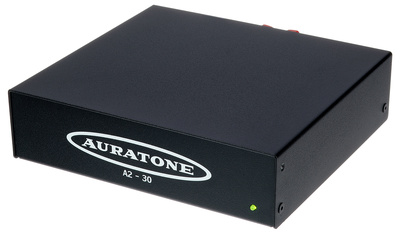
Avantone CLA-10A: An active modern remake
A truly modern remake, the CLA-10A brings the NS-10 monitoring experience in an active monitoring format that is far better suited to home recording setups. With 200W amplification, it’s more than enough power to produce accurate mixing levels.
If you’re wondering what the Variable Tissue Paper Control knob on the rear panel does, it allows you to simulate your favourite NS10 models. At over $1000 a pair, the CLA-10A is entering pro monitor territory, so you must really want the NS-10 sound.


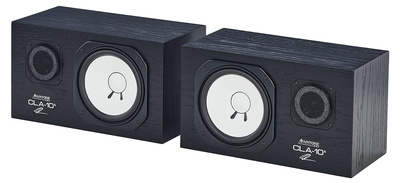
Avantone AV-10: Blown cones?
Those who didn’t stockpile NS-10 drivers were heartbroken when Yamaha stopped producing them. Luckily, these days, you can continue using your favourite monitors forever, as you can now replace the woofer, the crossover, and even the tweeter.
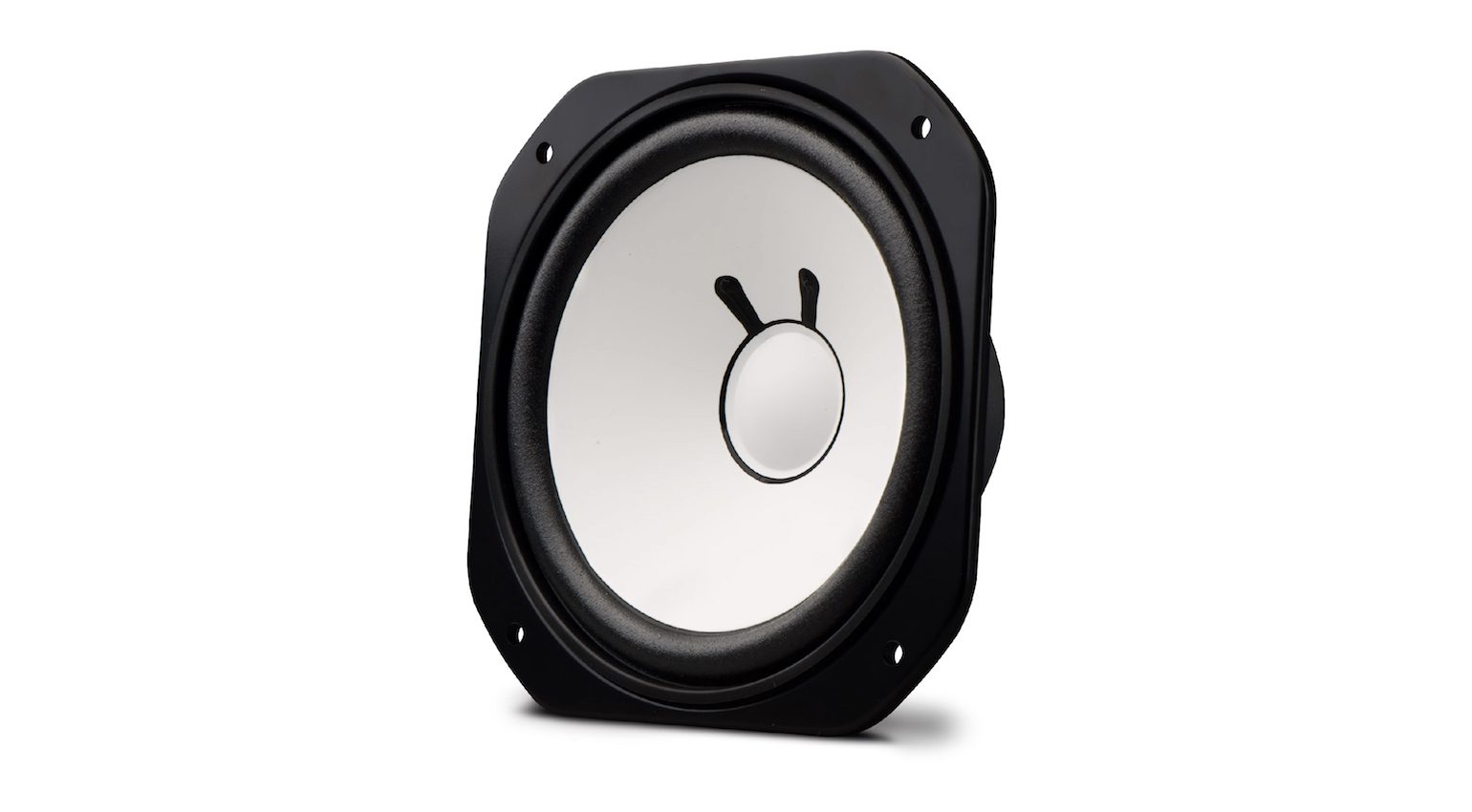
These Avantones will fit the NS-10M perfectly, and the installation is simple enough to DIY. What’s more, many users have even reported that they prefer the sound of the modern replacement cones. Go figure.
- More from Avantone Pro

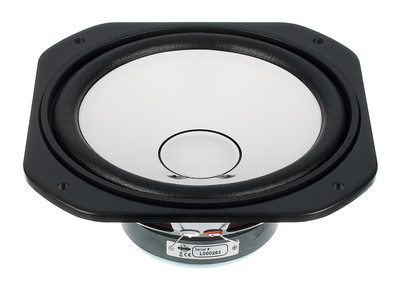
Are you an advocate of the NS-10s and if not, what are your favourite active or passive alternatives?
Please let us know in the comments below!
More about studio monitors:
- NS-10M.com
- All about studio monitors
- More from Yamaha
- Everything vintage
Videos:
*Note: This article contains promotional links that help us fund our site. Don’t worry: the price for you always stays the same! If you buy something through these links, we will receive a small commission. Thank you for your support!
5 responses to “Is the Yamaha NS-10 still relevant in modern music production?”

You are currently viewing a placeholder content from Facebook. To access the actual content, click the button below. Please note that doing so will share data with third-party providers.
More InformationYou are currently viewing a placeholder content from Instagram. To access the actual content, click the button below. Please note that doing so will share data with third-party providers.
More InformationYou are currently viewing a placeholder content from X. To access the actual content, click the button below. Please note that doing so will share data with third-party providers.
More Information 2,5 / 5,0 |
2,5 / 5,0 | 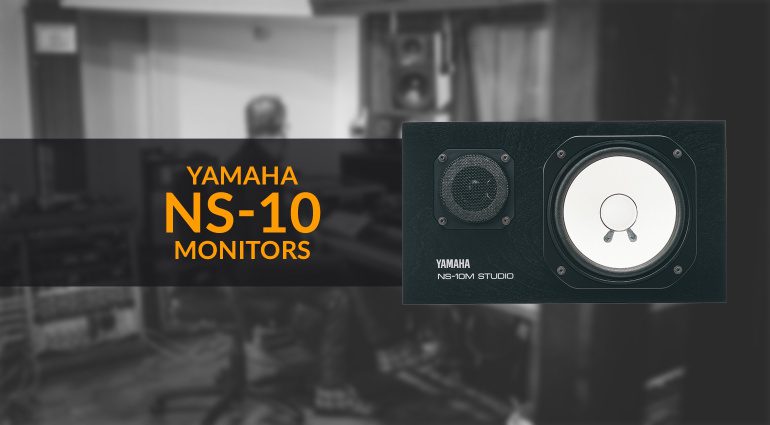


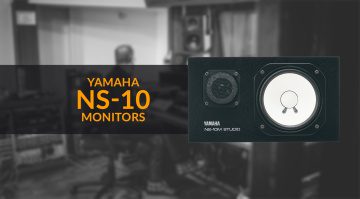

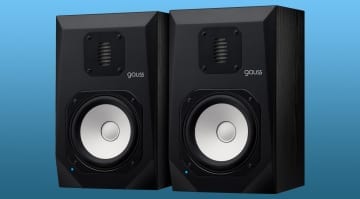
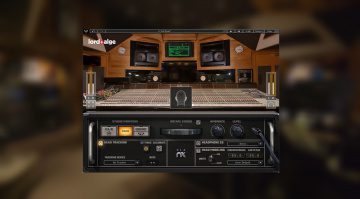
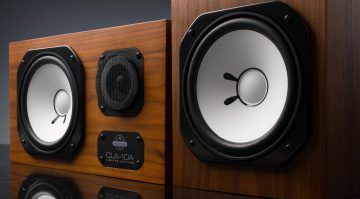
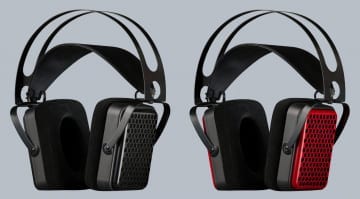
I have a pair of HS-5’s sitting on top of my pair of NS-10’s and I use both pairs regularly. The HS-5’s are a bit Boomy compared to the NS-10’s, but that can be useful for more sub driven music monitoring. These are my ‘ears’, I couldn’t think about using anything else. Keep up the great work!
Sold them in the early 80’s. Not much call for them in home hifi as many “true monitors” sounded a bit thin and clinical. Near field listening is a different thing. Seen in studio photos, I assume that was a spark of interest.
NS-10M? Very good monitors, but not the best for dance music production, as you can imagine. Still relevant in combination with some modern speakers.
NS10 were great back in the days.. they reflected what you would hear out of your average speaker back then..
now with even budget speakers and earbuds bringing you hifi sound, they just don’t make as much sense anymore.. time to sell them off to collectors and make room for something better..
The NS-10s are classic of a “classic rock” era and got a clean mix of the highs and mid range, especially with electric guitars and voices that need special attention to this range group. Music has changed, but all remix and mastering engineers, and modern composers and producers need monitors that can focus on this crucial high/mid range mix for crossover reasons and tight mixes where the mix can go brown, like too much colors in water painting. The HS-5 are the choice in the high/mid mix range (30KHz))and provide a nice mix and Mackie XR-824 with a nice kevlar 8″ bass response and the roll off switches and help in the monitoring of the overall mix. Of course, a SPL meter will be invaluable in combination of both monitors, if need be. I find that composing and producing with the HR-5 are a must in long sessions to reduce fatigue, as well.